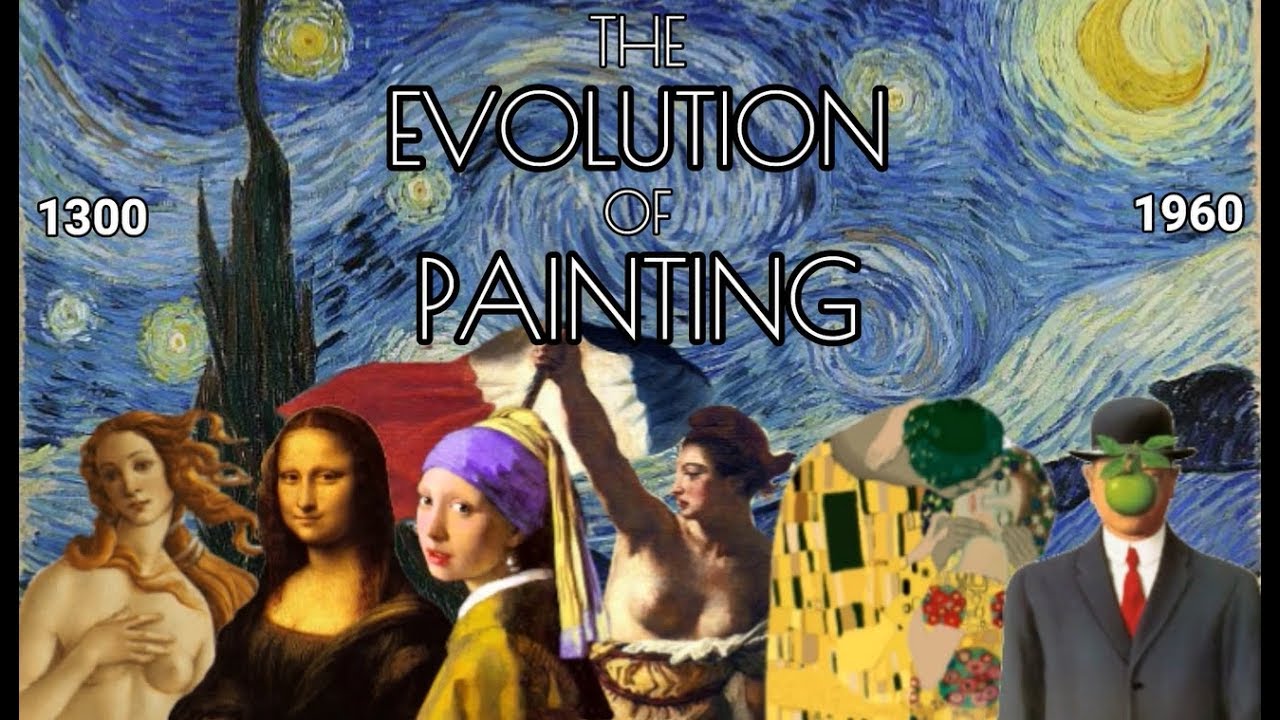
Evolution of Paints: A Comprehensive Guide
At one point in time, paints were made from simple ingredients such as water, pigment, and a binder. However, with advancements in technology, paints have evolved to be much more complex than their early counterparts. In this comprehensive guide, we will discuss the evolution of paints, from their humble beginnings to the advanced formulations we see today.</p>
Early Paints
The earliest forms of paint were made from simple ingredients such as water, pigment, and a binder. These paints were used for cave paintings, as well as for decoration in ancient Egyptian tombs. During the Renaissance period, oil paints became popular, allowing artists to create more vibrant and durable paintings.
The Industrial Revolution
With the advent of the Industrial Revolution, paints began to be mass-produced. The invention of the paint tube in 1841 made paints more portable and allowed artists to work outdoors. During this time, lead-based paints were commonly used, which were later found to be hazardous to human health.
The 20th Century
In the early 20th century, synthetic pigments were developed, allowing for a wider range of colors to be produced. In the 1930s, acrylic paints were introduced, which were faster drying and more versatile than oil paints. During World War II, research on coatings for military equipment led to the development of epoxy paints, which are now widely used in industrial and marine applications.</p>
Modern Paints
Today, paints have evolved to be much more complex than their early counterparts. Water-based paints have become more popular due to their low VOC emissions and easy cleanup. In addition, advanced formulations such as two-component polyurethane coatings and powder coatings offer superior durability and resistance to wear and tear.
Green Paints
In recent years, there has been a trend towards more environmentally friendly paints. Low-VOC and zero-VOC paints have become increasingly popular, as they have less impact on indoor air quality. Some paints even contain recycled content, making them more sustainable.
Conclusion
The evolution of paints has come a long way since the early days of water, pigment, and a binder. With advancements in technology, paints have become more complex and versatile, offering superior durability and sustainability. As the demand for more environmentally friendly products continues to grow, we at Dupont Paints can expect to see even more innovations in the world of paints.
